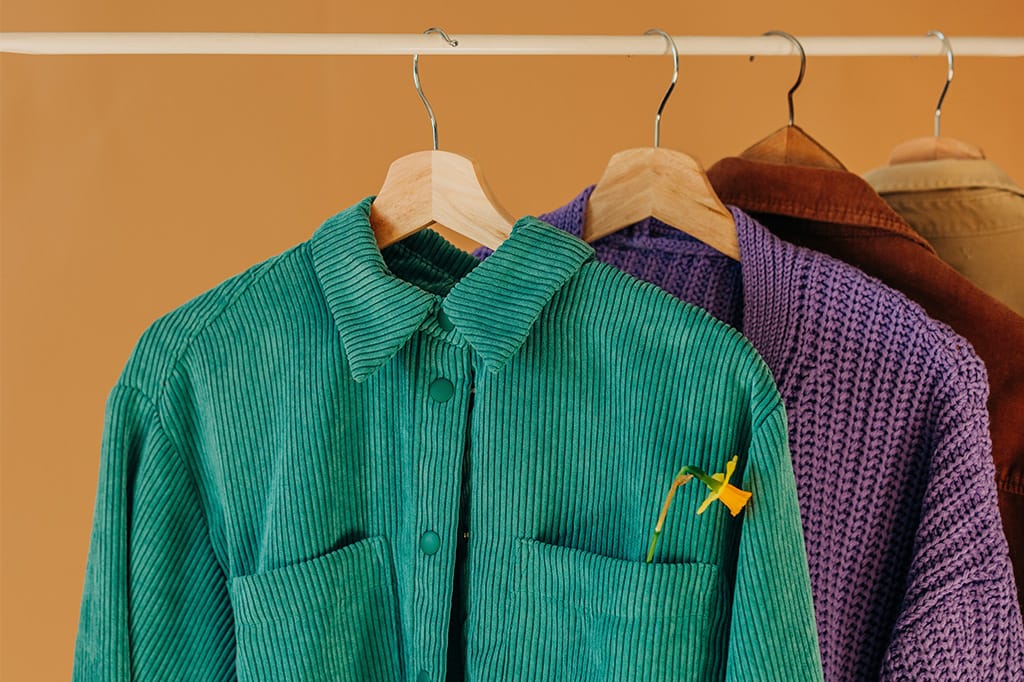When you drop a bag of clothes into a charity collection bin or hand them over to a door-to-door collector, you probably imagine them ending up in a local charity shop, neatly hung on a rail, ready to be bought by someone who will love them.
The reality is far more complicated. In the UK, a large portion of clothes given to charity collections never make it to the shop floor. Many are sold in bulk to textile merchants, with a percentage of the proceeds going to the named charity, and then shipped abroad to be resold in overseas markets.
This post takes a closer look at the journey of a donated garment, and explains how Donate to Reduce does things differently.
1. The Reality Behind the Bags and Bins
According to research by The Guardian, only 10–30% of donated clothing is sold in UK charity shops. The rest is often:
- Sold in bulk (by weight) to commercial textile merchants
- Exported to other countries, especially in Eastern Europe and Sub-Saharan Africa
- Processed as industrial rags or sent for textile recycling
Many charity clothing banks and bag collection schemes are actually run by private, for-profit companies under contract. The charity receives a set fee per tonne, which can be as little as £60–£100 per tonne.
2. The Confusion for Donors
It is easy to assume that a collection bag or bin with a charity logo means your donation is going directly to support that cause. But unless you look closely at the small print, you may not realise it is being run by a private company on a profit-share basis.
This lack of transparency leaves many donors feeling misled when they learn where their clothes actually go.
3. How Donate to Reduce is Different
At Donate to Reduce, we do not partner with charities for our collections, and we do not export clothing overseas. We believe in keeping donations in the UK wherever possible, so their environmental and social benefits stay local.
Here is what happens when you book a clothing collection with us:
- Resell – Good-quality clothes are resold to give them a second life and keep usable textiles in circulation
- Donate to UK Charity Shops – Many items are passed on to local charity shops so they can raise funds for their causes
- Support Community Groups – We donate clothing to grassroots community projects and support networks where items go directly to those in need
- Recycle Responsibly – Anything too damaged for reuse is sent to UK textile recyclers, ensuring it is processed into new materials rather than going to landfill
This means you can be confident your clothes are not being shipped halfway around the world, and that they are genuinely helping people and the environment here in the UK.
4. How to Make Sure Your Donations Count
If you want to be sure your clothing donations are used in the way you intend:
- Check the fine print – If the bag or bin says “operated on behalf of”, it is likely a commercial arrangement
- Ask questions – Contact the organisation and ask how much actually goes to the charity and where the clothes end up
- Choose local – Give directly to charity shops, shelters, or services like Donate to Reduce that are open about their process
The Bottom Line
Donating clothes is a brilliant way to reduce waste and help others, but it is worth knowing where they actually go. The UK’s second-hand clothing system is a mix of charity, commerce, and global trade, and not all of it is as sustainable or charitable as it seems.
With Donate to Reduce, your items stay in the UK, support community causes, and are recycled responsibly when they cannot be reused. That is transparency you can trust.

